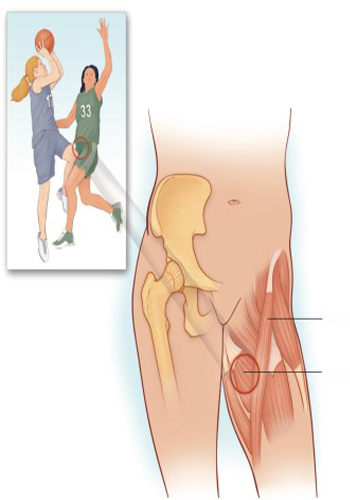
Iliopectineal Bursitis
Iliopectineal Bursitis
Bursae consist of synovial sacs that facilitate the sliding november muscles and tendons over each other and repetitive movements. These synovial sacs secrete synovial fluid through a network of blood vessels. Excessive or improper use in the case of inflammation of the bursa or rarely infected; inflammation of the bursa causes an increase in the production of synovial fluid and thus causes swelling of the sac. The number, size and location of bursa vary dec patients november the fact that it decays, the iliopectineal bursa is usually located between the psoas and iliac muscles and in the iliopectineal space. This bursa can consist of a single sac or multiloculated sacs. Iliopectineal bursa, also called the dancer’s scholarship is open to both acute trauma and repeated microtraumas. The iliopectineal bursa can be damaged due to acute hip traumas or due to excessive tension during exercise. If the iliopectineal bursitis becomes chronic calcification may occur. Patients with iliopectineal bursitis often complain of pain. The pain is localized in the anterior buttock and groin. Most often, patients complain of the inability to sleep on the affected hip and the inability to move the hip they complain of a sharp pain. Iliopectineal bursitis is often accompanied by arthritis of the hip joint. With a physical examination, tenderness is observed in the areas immediately below and above the inguinal fold. Passive flexion, adduction, abduction, as well as active resistant flexion can cause pain in the affected lower limb. The sudden release of resistance during this maneuver causes a significant increase in pain. Iliopectineal bursitis its treatment includes physical therapy with anti-inflammatory drugs (NSAIDs) or cyclooxygenase-2 inhibitors. Local application of hot and cold may be useful.
